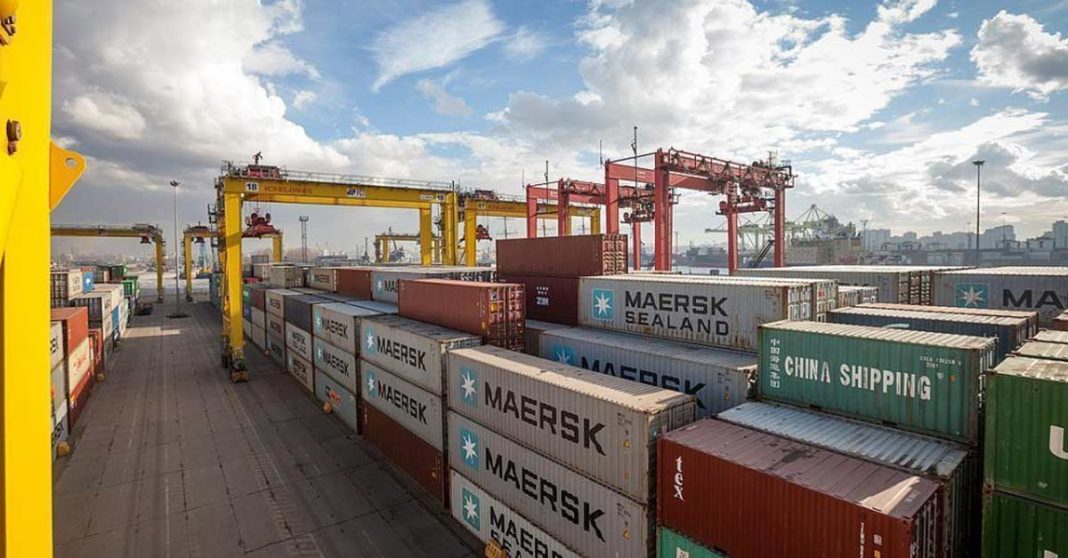Vietnam has revised its national power plan as it pushes for double-digit economic growth between 2026 and 2030. The country now aims to significantly boost electricity imports—especially from Laos—and scale up renewable energy production, while cutting back on short-term exports.
Under the updated plan, total power capacity is expected to reach 236 gigawatts (GW) by 2030, up from the previously planned 150 GW. One-third of this will come from renewable energy sources, the Business Times reported.
Vietnam will reduce its power exports from at least 5 GW to just 400 megawatts by 2030, with Cambodia as the only recipient. However, by 2035, the country plans to export up to 10 GW to regional partners like Singapore and Malaysia, according to the new plan.
To meet growing domestic demand, electricity imports will rise from 5 GW to as much as 12 GW—about 5.1 percent of the total energy mix.
Laos remains a key energy supplier in this strategy, with Vietnam continuing to rely on its hydropower exports. China has also been added as a new import source.
Vietnam’s first nuclear power plants are also back on the agenda. The government plans to begin operations between 2030 and 2035, with an estimated output of 4 to 6.4 GW.
Offshore wind targets, originally scheduled for 2030, have been delayed to 2035 due to slow industry progress. In the meantime, more onshore and nearshore wind projects are being developed to help meet energy targets.
A new regulation, set to begin in July 2024, will allow large electricity users—those consuming over 1 million kilowatt-hours annually—to purchase power directly from renewable energy suppliers.
Despite the ambitious goals, more than 170 solar and wind projects valued at around USD 13 billion remain in limbo due to policy disputes over incentive eligibility. Investors have warned that continued uncertainty could lead to bankruptcies and stalled investment, putting Vietnam’s clean energy transition at risk.



